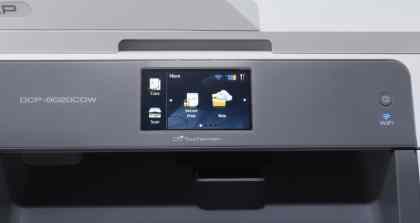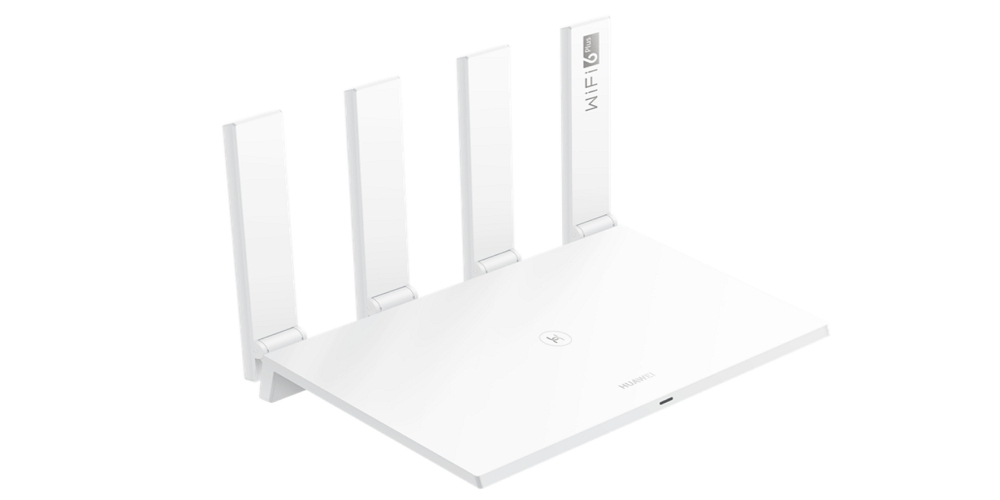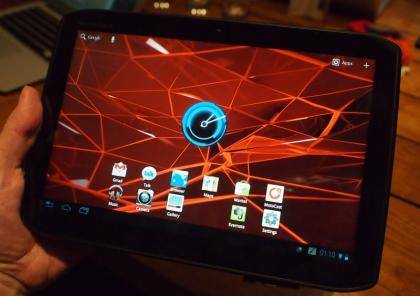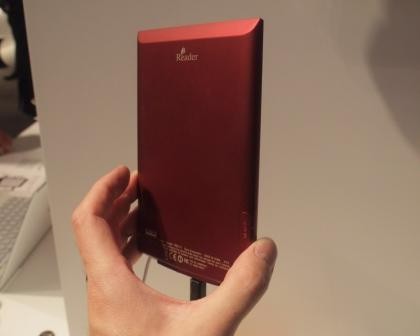Brother DCP-9020CDW review
Many MFPs are studded with physical buttons, but the blocky Brother DCP-9020CDW LED printer has just a single power button, a 9.3cm colour touchscreen and a grid of touch-sensitive number keys. The touchscreen makes it easy to configure features such as the MFP's wireless network connection and the on-screen keyboard is large enough to make it easy to tap in your network's password. All the main controls, such as icons to take you to the copy, scan or settings screens and even the colour and mono copy buttons within the scan screen, appear on the responsive touchscreen rather than having dedicated buttons.
The DCP-9020CDW has plenty of features which allow you to use the MFP without a PC. Brother's iPrint&Scan mobile app makes it simple to send the printer documents or photos from an Android or iOS phone or tablet on the same wireless network. You can also download and install apps to the MFP that let you browse and print documents you have stored on cloud services such as Google Drive and Microsoft SkyDrive.
The Windows printing and scanning interfaces both work well, neither providing you with an overcomplicated range of options nor depriving you of useful features. The MFP also comes with a copy of PaperPort 12 SE, which gives you a range of document management and OCR tools to help manage your scans. Brother's own scanner interface is a no-frills affair with a good range of fixed-resolution scan options but few advanced settings.

SCAN QUALITY
Unfortunately, scanning is not the DCP-9020CDW's strong point. The 1,200x2,400dpi CIS scanner is particularly bad at capturing shadowy images. In our test scans, dark low-contrast areas blended into each other. High-contrast reproduction is also a bit off: we noticed smudged edges where light and dark areas meet. On the plus side, primary colours are bright and the natural tones of our test photographs were accurately reproduced. However, the greatest problem with the DCP-9020CDW as a business scanner is that scanned 8pt text had noticeably fuzzy edges even at 300dpi. Scan speeds were at least fairly quick, with a 1,200dpi photo scan taking under a minute and a 300dpi A4 document scan taking 18s.
Copy quality also leaves something to be desired, with colour copies that looked oddly light and grainy, with fuzzy, speckled text. The text on mono copies is a bit sharper, but contrast on mono reproductions of colour images was poor, giving them a murky appearance even when we used the adjustment settings available via the MFP's touchscreen interface. Single-sheet colour and mono copies both took 17s, while 10 pages fed through the ADF copied in 48s.
PRINT QUALITY
If the copies weren't all we'd have hoped for, we've few complaints about the MFP's overall print quality. Colour prints aren't quite as glossy as those from some laser devices, such as Xerox's WorkCentre 6605DN, but we couldn't fault the DCP-9020CDW's reproduction of our colour business documents. Illustrations looked fantastic, with accurate colour and excellent shading. Text was fairly sharp and clear, but we noticed some jagged edges on our challenging 8pt serif lettering. Photo prints, meanwhile, looked surprisingly natural and had excellent contrast.
We particularly liked the professional appearance of our colour duplex prints, but these emerge painfully slowly. Ten pages across five sheets took 3m 30s, which is just under 3ppm. Opt for single-sided printing and speeds become a bit more reasonable, with a mono print speed of 15.2ppm and colour print speed of 7.9ppm. That's still very slow by laser or LED printer standards, though. Most of the delay was caused by a long processing period before the MFP started printing.




Leave a Comment